
The Universe takes short cuts all the time, which is why of course we are driven to seek them. Most commodities don't come out of the Dark, so we don't go looking for them there. We look instead at shining lights and wonder why we don't see things as they really are. Shuttered down by advertising - commercial, scientific and spiritual - from the possibility of Dark being any good at all goes against the grain of Establishment. So what happens when suddenly we're confronted with a home comprising over 70% of it? Hell, you can imagine how hard it is to find your way out.

Is it any surprise, therefore, that we are groping with illusions which need some kind of determination, some kind of link between the physical and the metaphysical which every academic institution on the land is built to look for? Not really. We've got all the tools, and the people from all walks of life roaming around looking for answers. They're here. Deep is where the Dark is. Somewhere else, I wrote that, too. Tick....tick.....tick......tick

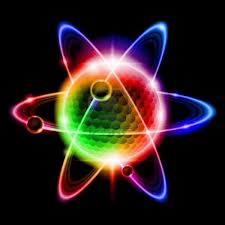
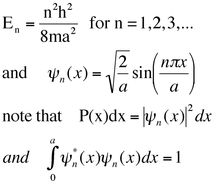
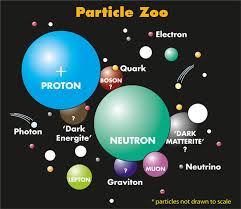
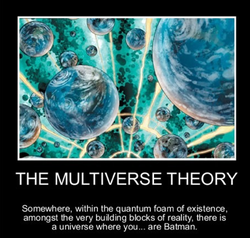


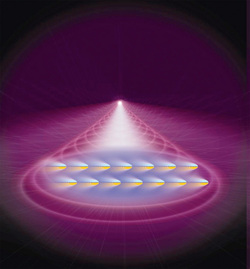
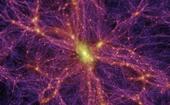
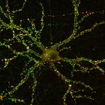
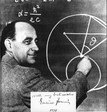
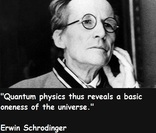
 RSS Feed
RSS Feed
